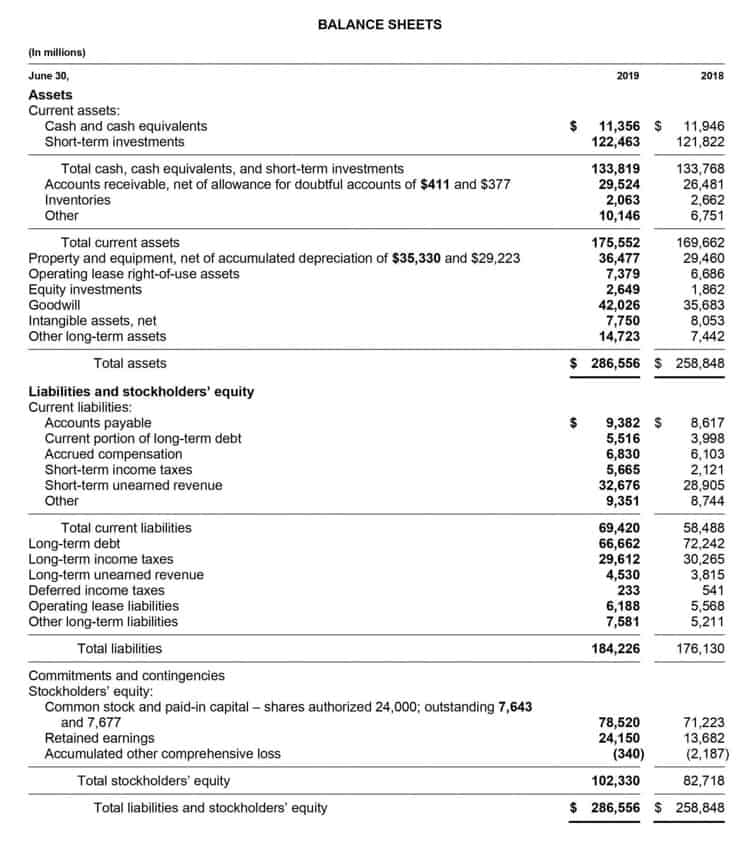
It helps manage risk and make informed decisions to protect the lender’s interests. Stable and growing industries are generally considered less risky, while those facing challenges or volatility may pose higher risks to lenders. Conditions refer to the purpose of the credit, extrinsic circumstances, and other forces in the external environment that may create risks or opportunities for a borrower. Capital is often characterized as a borrower’s “wealth” or overall financial strength. Lenders will seek to understand the proportion of debt and equity that support the borrower’s asset base. For example, if a borrower is riskier, they may have to accept a shorter amortization period than the norm.

Before deciding on your auto policy, weigh the pros and cons of a full coverage policy versus minimum coverage. Here’s how a driving record can affect car insurance rates according to our rate estimates. If you types of credit risk are an inexperienced or new driver, you are going to receive some of the highest rates, no matter your age. The best combination is to be an experienced driver with a clean record and good driving habits.
Is there any other context you can provide?
Credit derivatives, such as credit default swaps, are financial instruments that allow parties to transfer credit risk between them. LGD is usually expressed as a percentage of the exposure at default (EAD) and can be influenced by factors such as collateral quality, recovery rates, and the seniority of the debt instrument. These ratings are based on an evaluation of the borrower’s creditworthiness, financial performance, and other relevant factors.

If you have a good credit score, then getting a loan or line of credit at a lower interest rate may be relatively easy. On the other hand, if you have fair or bad credit that could mean paying higher interest rates. Taking steps to improve your credit score could help you to qualify for more favorable interest rates. For example, in lending a higher credit score can translate to lower credit risk and therefore, lower interest rates. With investing, a lower credit score could result in a higher credit risk and higher interest rates.